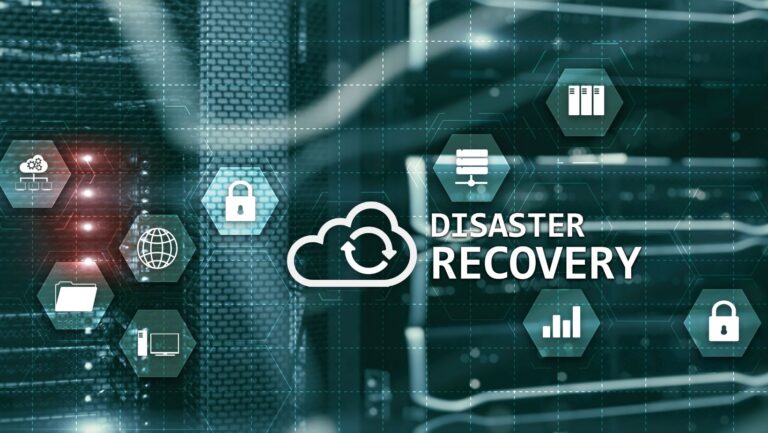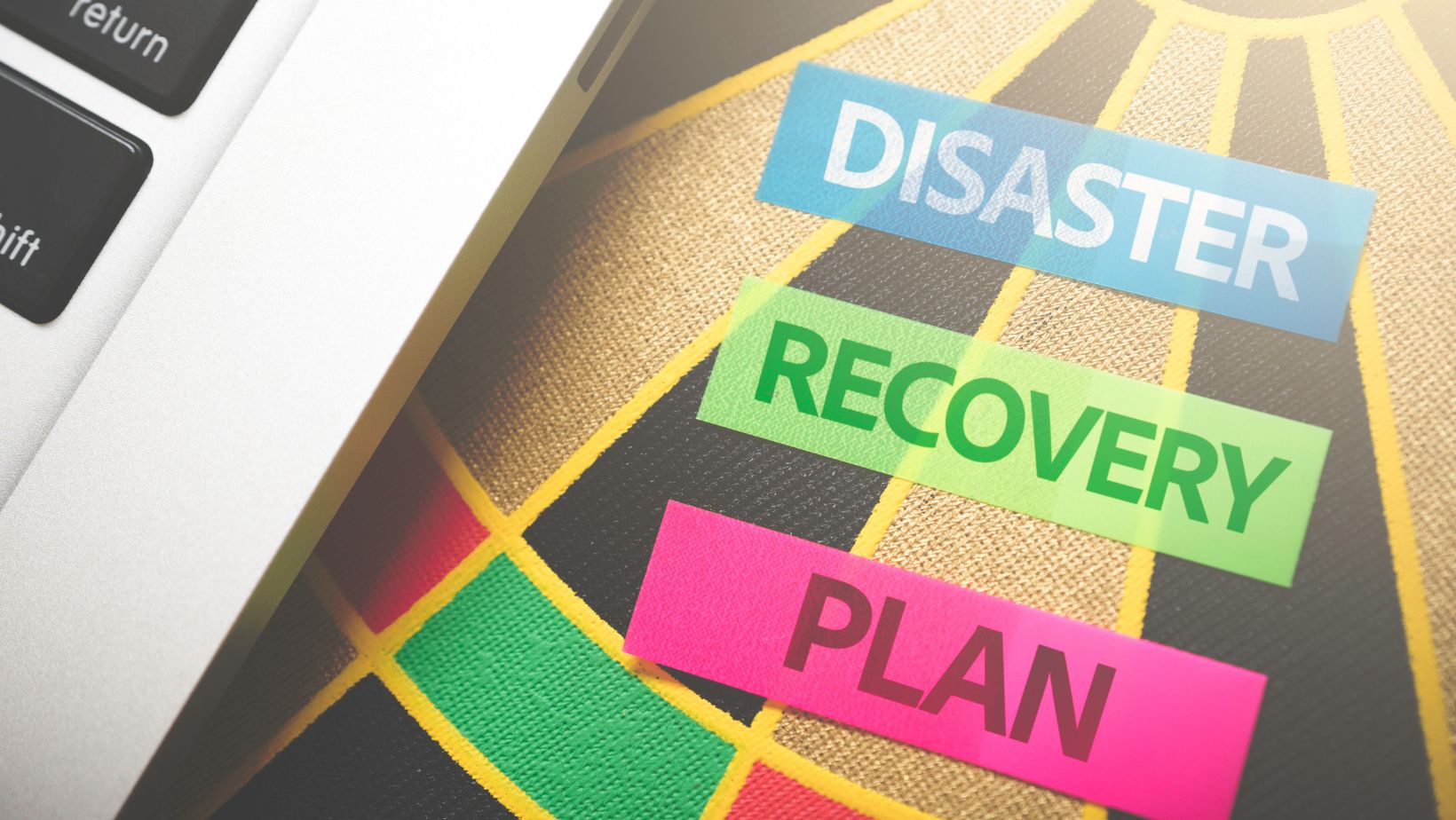Companies today rely heavily on data and technology to drive their operations. This dependence makes them vulnerable to various disruptions, including cyber-attacks, natural disasters, system failures, and human errors.
Disaster Recovery as a Service (DRaaS) offers a robust solution for companies looking to protect their critical data and ensure business continuity. But when should a company consider using DRaaS? Here are several key scenarios and factors that suggest it might be the right time to invest in this essential service.
High Dependence on Digital Operations
If your company relies heavily on digital operations, any downtime can result in significant losses. Industries such as finance, healthcare, e-commerce, and IT services cannot afford prolonged interruptions.
Indicators:
- 24/7 Operations: Businesses that operate around the clock need a disaster recovery plan that can quickly restore services.
- High Transaction Volumes: Companies with high transaction volumes, like online retailers or financial institutions, need to ensure data integrity and availability at all times.
- Customer Expectations: In industries where customers expect uninterrupted service, even a brief outage can damage your reputation and lead to lost business.
Limited In-House IT Resources
Small and medium-sized enterprises (SMEs) often lack the extensive IT resources and expertise required to develop and maintain an effective disaster recovery plan.
Indicators:
- Small IT Teams: Companies with small IT teams may struggle to handle the complexities of disaster recovery.
- Lack of Expertise: In-house staff may lack the specialized knowledge needed to implement and manage an effective disaster recovery strategy.
- Resource Constraints: Limited budgets and resources can make it challenging to invest in the necessary infrastructure for disaster recovery.
Regulatory Compliance Requirements
Many industries are subject to strict regulatory requirements regarding data protection and disaster recovery. Failing to comply can result in hefty fines, legal consequences, and damage to the company’s reputation.
Indicators:
- Industry Regulations: Sectors like healthcare (HIPAA), finance (GLBA, SOX), and utilities (NERC) have stringent disaster recovery and data protection requirements.
- Data Protection Laws: Compliance with data protection laws such as GDPR or CCPA requires robust data recovery and continuity plans.
- Audit Preparedness: Regular audits may require proof of an effective disaster recovery plan, making DRaaS a convenient and compliant solution.
Geographic Vulnerability
Companies located in areas prone to natural disasters such as hurricanes, earthquakes, floods, or wildfires should consider DRaaS to ensure their data is protected and quickly recoverable.
Indicators:
- High-Risk Locations: Offices and data centers situated in high-risk geographic areas are more vulnerable to natural disasters.
- Frequent Disruptions: Companies that have experienced frequent disruptions due to natural events should have a reliable disaster recovery solution in place.
- Remote Workforce: Businesses with a significant remote workforce need to ensure that data is accessible and recoverable from various locations.
Critical Data and Applications
If your business operations depend on critical data and applications, ensuring their availability during a disaster is paramount. DRaaS provides a reliable way to safeguard these vital resources.
Indicators:
- Mission-Critical Applications: Applications that are essential for day-to-day operations, such as ERP systems, customer databases, and financial systems.
- Sensitive Data: Data that is sensitive or confidential, including customer information, financial records, and intellectual property.
- Operational Dependency: Business processes that rely on the continuous availability of data and applications.
Cost Management
Building and maintaining an in-house disaster recovery solution can be expensive.
DRaaS offers a more cost-effective alternative by providing scalable solutions based on your needs.
Indicators:
- High Infrastructure Costs: The cost of purchasing and maintaining hardware, software, and dedicated facilities for disaster recovery can be prohibitive.
- Budget Constraints: Companies looking to optimize their IT budget can benefit from the predictable costs and scalability of DRaaS.
- Pay-as-You-Go Models: DRaaS providers often offer flexible pricing models, allowing companies to pay only for the resources they use.
Focus on Core Business
For many companies, managing disaster recovery in-house diverts attention and resources from their core business activities. DRaaS allows businesses to focus on what they do best, while experts handle disaster recovery.
Indicators:
- Strategic Priorities: Companies that want to focus their resources on strategic initiatives rather than IT management.
- Outsourcing Trends: Businesses that already outsource other IT functions may find it advantageous to outsource disaster recovery as well.
- Resource Allocation: Freeing up internal resources to concentrate on core business activities and growth.
Frequent System Updates and Changes
Businesses that frequently update their systems or undergo significant changes, such as mergers and acquisitions, need a flexible disaster recovery solution that can adapt quickly.
Indicators:
- Dynamic IT Environment: Frequent software updates, hardware upgrades, and system migrations require a disaster recovery plan that can keep pace.

- Business Changes: Mergers, acquisitions, and expansions necessitate scalable and adaptable disaster recovery solutions.
- Technology Adoption: Companies adopting new technologies and digital transformation initiatives need robust disaster recovery support.
Recent Disruptions and Near Misses
If your company has recently experienced disruptions or narrowly avoided data loss, it’s a clear sign that a more robust disaster recovery solution is needed.
Indicators:
- Past Incidents: Recent cyber-attacks, data breaches, or natural disasters that caused or nearly caused significant downtime.
- Near Misses: Instances where the company narrowly avoided data loss or operational disruption.
- Increased Awareness: A growing recognition of the potential risks and the importance of a comprehensive disaster recovery plan.
The Imperative Role of DRaaS in Business Continuity
Disaster Recovery as a Service (DRaaS) provides an essential lifeline for businesses of all sizes, ensuring that critical data and applications are protected and recoverable in the event of a disaster. Companies should consider DRaaS when they have high dependence on digital operations, limited IT resources, regulatory compliance requirements, geographic vulnerabilities, critical data, and applications, cost management needs, a desire to focus on core business activities, frequent system updates, or have experienced recent disruptions.
By investing in DRaaS, businesses can enhance their resilience, ensure business continuity, and gain peace of mind knowing that their data and operations are safeguarded against unforeseen events. As the digital landscape continues to evolve, having a robust and reliable disaster recovery solution is not just a good practice; it’s a necessity for long-term success and stability.





